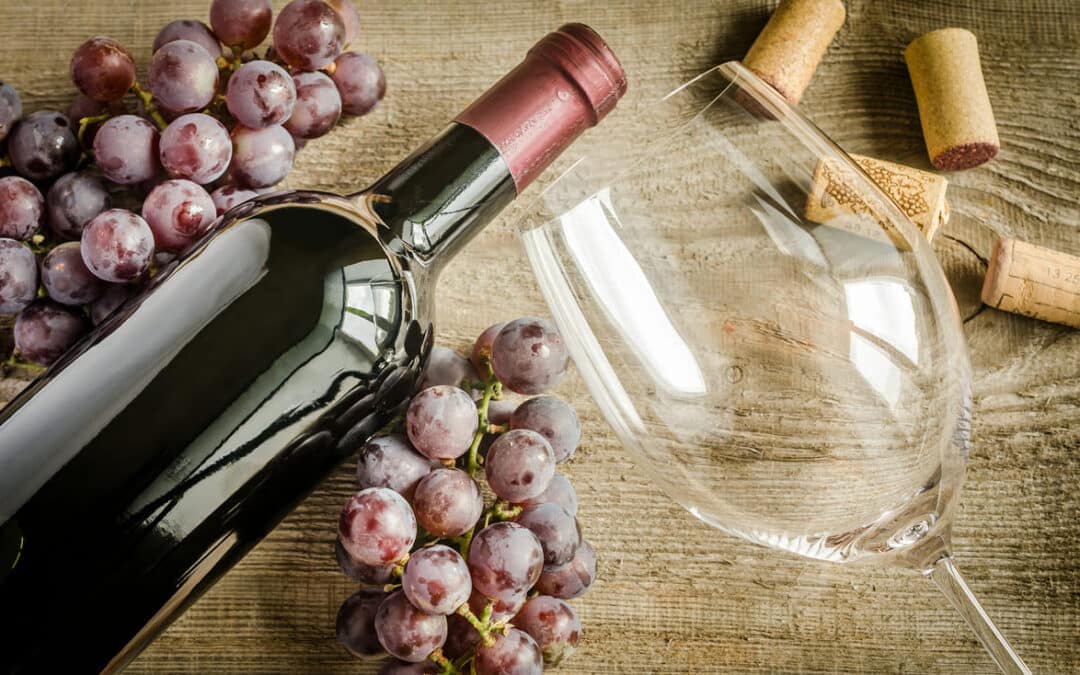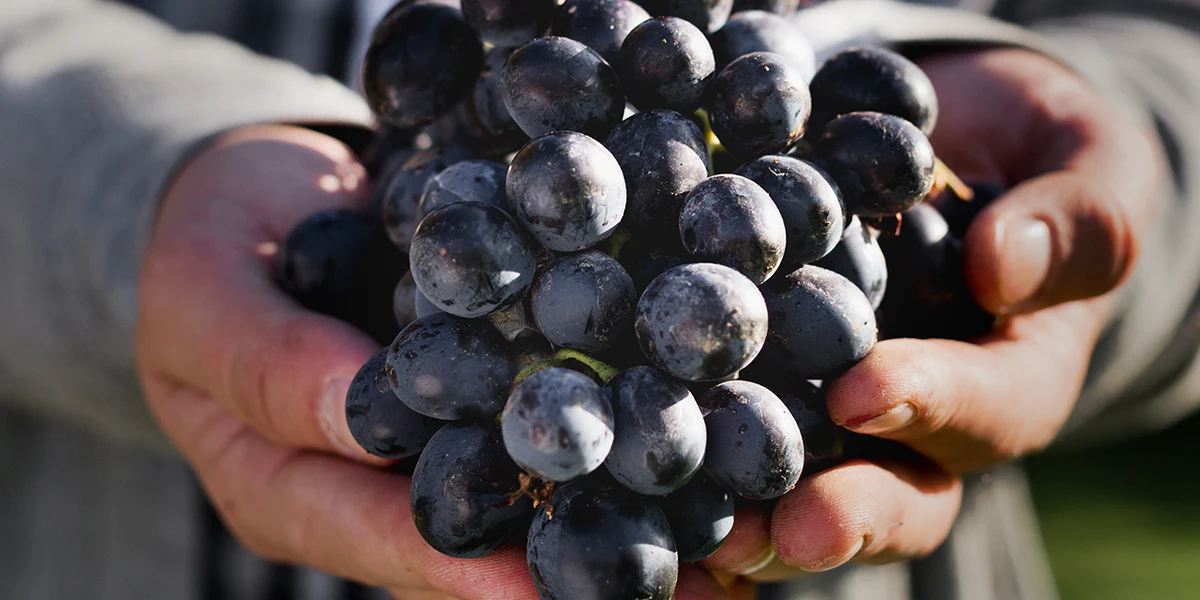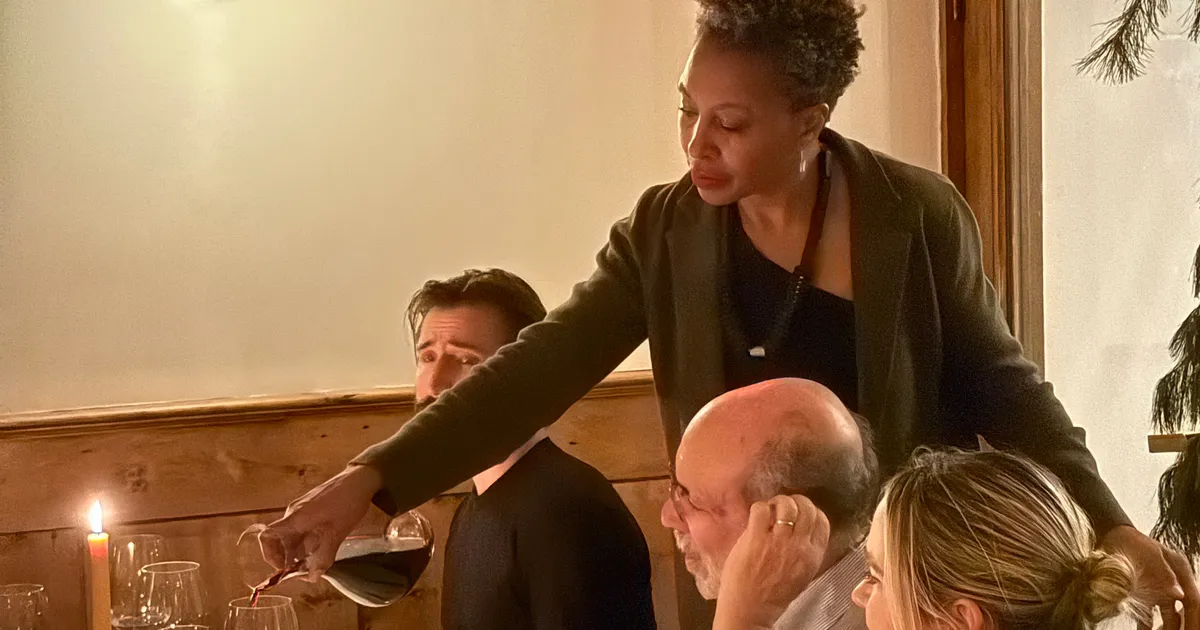Zinfandel stands as one of wine’s greatest enigmas—a grape that Americans claimed as their own for over a century, only to discover its true origins lay thousands of miles away in the ancient vineyards of Croatia. This bold, fruit-forward wine has sparked passionate debates among connoisseurs, weathered unfair criticism, and emerged as both a beloved everyday drink and a premium collectible worthy of cellaring.
Despite being dubbed “America’s Grape,” Zinfandel carries a complex identity crisis that has led to widespread misunderstanding among wine enthusiasts and casual drinkers alike. From its mysterious European ancestry to its transformation into the polarizing White Zinfandel phenomenon, this varietal has consistently defied easy categorization. The grape’s journey from Croatian hillsides to California’s sun-drenched valleys represents more than just agricultural migration—it’s a story of reinvention, controversy, and ultimate triumph.
Today’s wine lovers encounter Zinfandel in forms ranging from jammy, high-alcohol reds that pair beautifully with barbecue to delicate rosés that refresh summer palates. Yet many remain confused about what exactly defines this wine, why critics sometimes dismiss it as “too frank” or “lacking subtlety,” and how a single grape variety can produce such dramatically different expressions. Understanding Zinfandel means unraveling layers of history, science, and cultural perception that have shaped its reputation over generations.
The Great Identity Reveal: From Croatian Vineyards to California Gold Rush

The most persistent misunderstanding about Zinfandel concerns its origins. For decades, Americans proudly claimed Zinfandel as their indigenous grape variety, a symbol of New World winemaking innovation. This belief persisted until DNA analysis in the late 20th century revealed a truth: Zinfandel was genetically identical to several Old World varieties, including Croatia’s Crljenak Kaštelanski and Italy’s Primitivo.
The Croatian connection runs deepest, with researchers discovering that Zinfandel originated as Tribidrag in 15th-century Croatian vineyards. The grape’s journey to America likely occurred during the mid-19th century, possibly arriving under the mistaken name “Zierfandler,” which referred to a completely different Austrian variety. This case of mistaken identity would define the grape’s American story for generations.
In Italy’s Apulia region, the same grape became known as Primitivo—a name derived from “primativus,” meaning “early ripener.” Italian winemakers had been crafting wines from this variety since the 18th century, completely unaware that their Primitivo was genetically identical to California’s rising star. This revelation transformed how wine experts viewed Zinfandel, shifting it from an American original to a European immigrant with a remarkable ability to adapt and thrive in new terroirs.
Decoding Zinfandel’s Flavor Profile: Beyond the Jammy Stereotype
One of Zinfandel’s greatest misunderstandings stems from oversimplified flavor descriptions that fail to capture the grape’s remarkable versatility. While many associate Zinfandel exclusively with jammy, high-alcohol wines bursting with blackberry and spice, the reality is far more nuanced.
The grape’s flavor expression depends heavily on climate and ripeness levels. In cooler regions, Zinfandel produces wines with bright red berry characteristics—raspberry, strawberry, and cherry notes dominate the palate. As temperatures rise and grapes achieve higher sugar levels, the flavor profile shifts dramatically toward darker fruits like blackberry and blueberry, accompanied by exotic spices such as anise, pepper, and cinnamon.
Winemaking techniques further influence Zinfandel’s character. The controversial “smoky tobacco” notes that some associate with the variety result from oak barrel aging, not the grape itself. This distinction is crucial because it separates the grape’s natural fruit-forward character from the winemaker’s stylistic choices. Understanding this difference helps consumers appreciate both unoaked, fruit-driven Zinfandels and their oak-aged, more complex counterparts.
The grape’s notorious uneven ripening pattern adds another layer of complexity. A single bunch may contain both raisin-like overripe grapes and green, underripe berries, forcing winemakers to make critical decisions about harvest timing and selection methods. This characteristic contributes to Zinfandel’s reputation for producing high-alcohol wines, as extended hang time allows sugar levels to soar.
The White Zinfandel Phenomenon: Savior or Saboteur?

Perhaps no aspect of Zinfandel generates more confusion than White Zinfandel, the sweet rosé that became a cultural phenomenon in the 1970s and 1980s. This pink-hued wine, despite its name, isn’t white at all—it’s a rosé made from red Zinfandel grapes through minimal skin contact during fermentation.
The creation of White Zinfandel occurred somewhat accidentally when a tank of rosé wine at Sutter Home got “stuck” in fermentation, leaving residual sugar that created an unexpectedly appealing sweet wine. This happy accident launched a wine category that would dominate American consumption for decades, introducing millions of consumers to wine through its approachable, fruit-forward character.
However, White Zinfandel’s massive commercial success came at a reputational cost. Wine critics and serious enthusiasts often dismissed it as overly sweet and simplistic, creating a stigma that unfairly extended to red Zinfandel. The association with inexpensive, mass-produced wines led many to overlook the grape’s potential for producing serious, age-worthy reds.
Ironically, White Zinfandel may have saved California’s old Zinfandel vineyards from destruction. The variety’s popularity provided economic incentive for growers to maintain ancient vines that might otherwise have been replanted with more fashionable varieties. Today’s premium Zinfandel producers often benefit from these preserved old-vine vineyards, which produce more concentrated, complex wines.
Terroir and Regional Expression: California’s Zinfandel
California’s diverse wine regions showcase Zinfandel’s remarkable ability to express terroir—the combination of climate, soil, and topography that influences wine character. The grape thrives in over 10 percent of California’s vineyards, but each region produces distinctly different expressions.
Napa Valley Zinfandels tend toward power and concentration, with rich blackberry flavors and substantial tannin structure. Sonoma County offers more diversity, from the elegant, spice-driven wines of Dry Creek Valley to the robust, full-bodied expressions from Alexander Valley. Paso Robles has emerged as a Zinfandel powerhouse, producing wines that balance California sunshine with cooling maritime influences.
Lodi represents perhaps the most misunderstood Zinfandel region, often stereotyped as producing only simple, fruit-forward wines. In reality, Lodi’s Mediterranean climate and diverse soil types support a wide range of Zinfandel styles, from elegant, food-friendly wines to powerful, age-worthy bottlings. The region’s old-vine vineyards, some planted in the early 1900s, produce grapes with exceptional concentration and complexity.
The Sierra Foothills and Russian River Valley round out California’s premier Zinfandel regions, each contributing unique characteristics shaped by elevation, climate, and winemaking traditions. This regional diversity demonstrates Zinfandel’s adaptability and challenges the notion that all California Zinfandels taste alike.
Food Pairing and Cultural Significance: The Democratic Wine

Zinfandel’s food-pairing versatility contributes to both its popularity and its misunderstanding. The wine’s bold fruit flavors and moderate tannins make it exceptionally food-friendly, particularly with grilled and barbecued dishes. Its natural affinity for spiced foods has led to its reputation as an ideal match for Indian cuisine, though this pairing requires careful consideration of both wine style and spice levels.
The grape’s democratic appeal—its ability to satisfy both casual drinkers and serious collectors—sometimes works against its critical reputation. Wine snobs may dismiss Zinfandel as “too frank” or lacking subtlety, missing the grape’s capacity for complexity and nuance in skilled hands. This prejudice overlooks outstanding examples that demonstrate Zinfandel’s potential for elegance and aging.
The Future of Zinfandel: Embracing Complexity
Understanding Zinfandel requires moving beyond simplistic stereotypes to appreciate its remarkable complexity and versatility. This grape’s journey from Croatian hillsides to California stardom illustrates wine’s power to transcend borders and adapt to new environments while maintaining essential character.
The key to appreciating Zinfandel lies in recognizing its diversity—from elegant, spice-driven expressions to powerful, age-worthy wines that rival any red variety. Whether enjoyed as an everyday pleasure or cellared for special occasions, Zinfandel rewards those who approach it with an open mind and willingness to explore its many faces.


